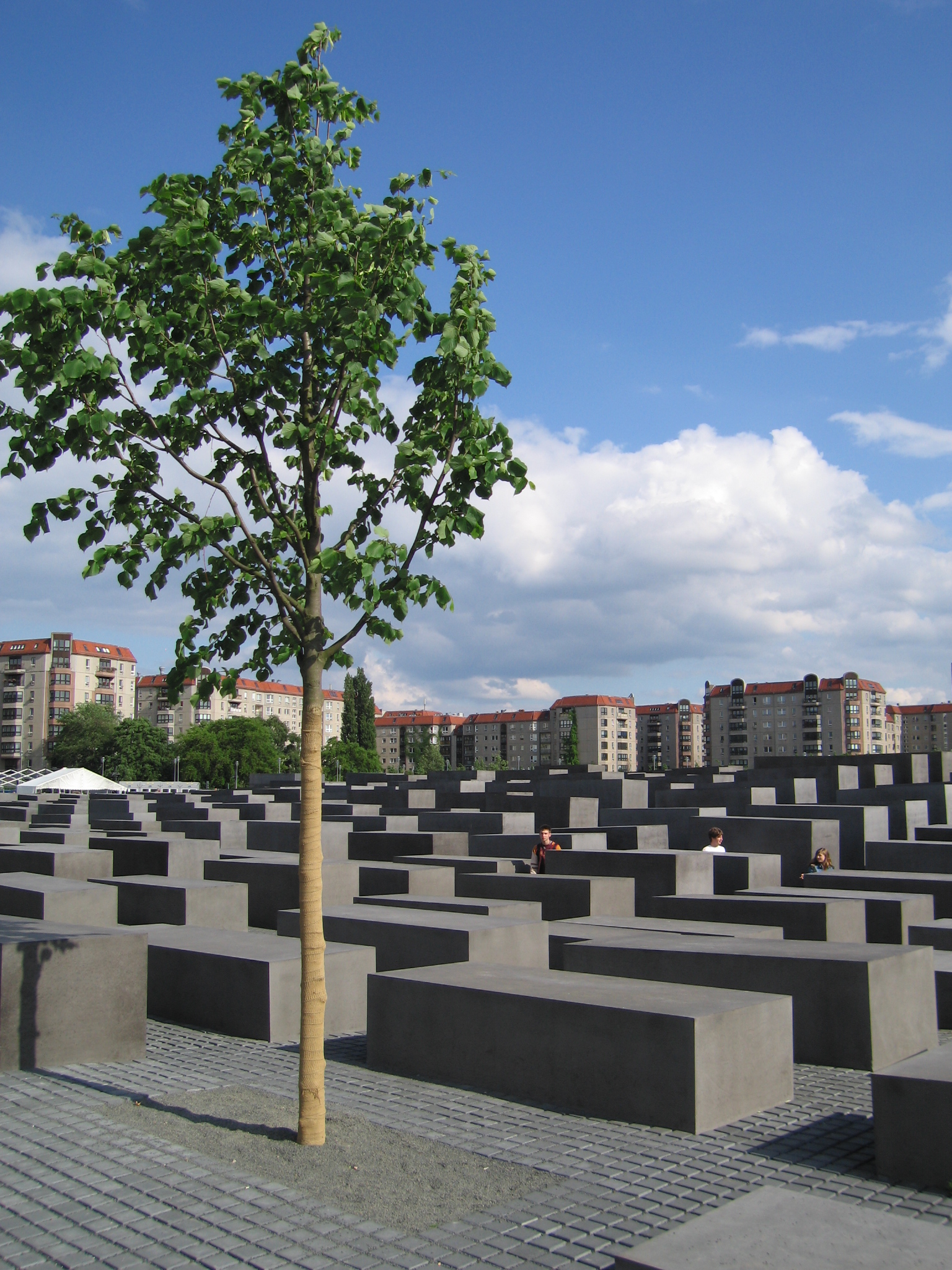On facilitating remembrance
 I was watching the local news earlier in the week and it covered a story about an aggrieved woman who was being evicted from her house to enable an extension to the runway at Derry City Airport. She tearfully explained the extent of the injustice which had been dealt her; casting around for a comparison for her predicament, she cited one of a series of religious wars fought throughout Europe in the mid seventeenth century. “It’s just like Cromwell” she proclaimed.
I was watching the local news earlier in the week and it covered a story about an aggrieved woman who was being evicted from her house to enable an extension to the runway at Derry City Airport. She tearfully explained the extent of the injustice which had been dealt her; casting around for a comparison for her predicament, she cited one of a series of religious wars fought throughout Europe in the mid seventeenth century. “It’s just like Cromwell” she proclaimed. This woman is not atypical and nor did it seem likely that she was a scholar of that period of history. In Northern Ireland it seems fairly unexceptional for someone to invoke a perceived hurt from 350 years previous to exemplify the unfairness of a local spat over compulsory purchase. Bearing this in mind, it is questionable whether we really need a museum to pour over the details and complexities of our recent Troubles.
That said, not all the ideas being floated by the Healing Through Remembering group actually involve revisiting in detail violence, hurt and the various historical interpretations which the communities perceive as the cause of the same. Ideas that have been submitted include a greenhouse of reflection, a glass tower, an underwater museum, a peace garden and a garden of remembrance.
In the context of our Troubles and the contentious issues they raise, such abstractions are perhaps the only way to remember in any helpful way. These ideas or similar ones provide space for reflection in which people can remember in their own particular fashion and draw an individual meaning which cannot cause hurt or offence to someone who takes a very different view of the conflict.
During my trip to watch Northern Ireland lose in Latvia last year I visited two very different places of remembrance. Travelling via Berlin I saw the Holocaust Memorial – a square kilometre of protuberant concrete blocks through which the visitor could wander and interact. The memorial made no reference to the Holocaust, either directly by providing a narrative, or obliquely through symbolism. The only reaction to such horrible events is to create an abstraction from which people draw their own meaning. The memorial is simply a means to facilitate remembrance. It enables the process, rather than prescribing what that memory should be.
In contrast, in Riga the Museum of Occupation provides a heavily loaded narrative of 20th century history. Latvian misdeeds are virtually ignored and a litany of perceived victimhood is the result. The effect produced in the visitor is not contemplative; it is not one of thoughtful remembrance. Either the visitor accepts the Latvian narrative or indeed they react against it and the effect is in either case anger or disputatiousness.
Of course I am not seeking in any respect to liken what Michael Longley derisively terms “our own tawdry little civil war” to either the Holocaust or the experience of Latvia. I simply draw attention to the different methods of remembering and the varying psychological effects this remembrance can instil. If Northern Ireland is to receive a museum to the Troubles, I strongly suggest that the more abstract and contemplative model is the one we should aspire to.
Comments
I remember that well - I almost wet myself laughing at the stupendously blatant exaggerated self-pity. I do feel for the people being told to lose their homes, but Christ she really has a knack for melodrama.
I also had a similar experience to your Latvian one when I was in Budapest at the start of last year, visiting their "Terror House". The evils of both the Nazis and the Soviets are extolled at great length with very little attention given to Hungary's home grown Fascists.
I think given the fact that our problems were internal and still the subject of dispute your idea about some kind of abstract monument or testament to what went on could be the best route to follow. Good call.
I would advocate a simple, tasteful garden of rememberence on the site of the Maze. Much more appropriate than a white elephant!
The points you made were widely echoed by myself. I.e. the problems with conflicting narratives of the last eight centuries of our past render any meaningful museum impossible. As such, i suggested that you forget the museum and put apartments up in the site we were provided with. As you can imagine, that didnt go down too well with my tutor.
But to add insult to injury, i had to sit through hours of my fellow students explaining to the class how; if only we could educate people(plebs) about the past, nationalists would become unionists or unionists would become nationalists (depending on your tribe of course) and there would be no more fighting.
so if you think that what these people are suggesting is drivel, visit queen's next month. Im pretty sure that the same project will be run this year.